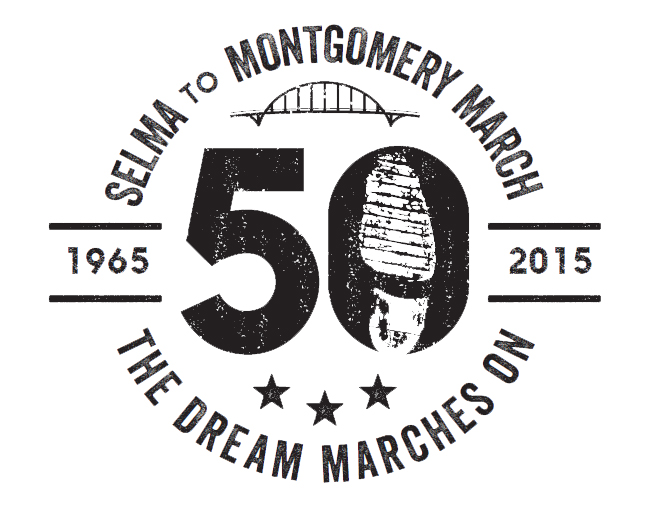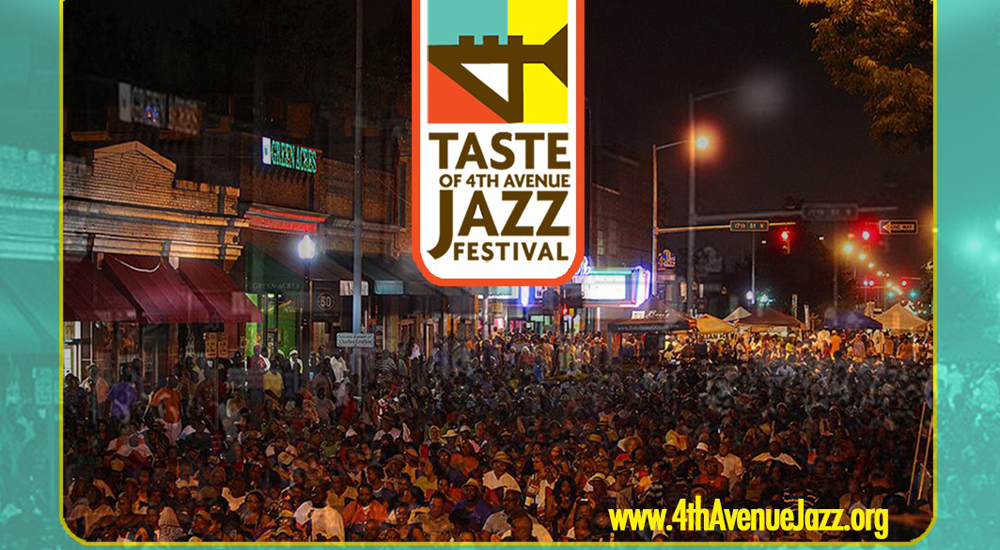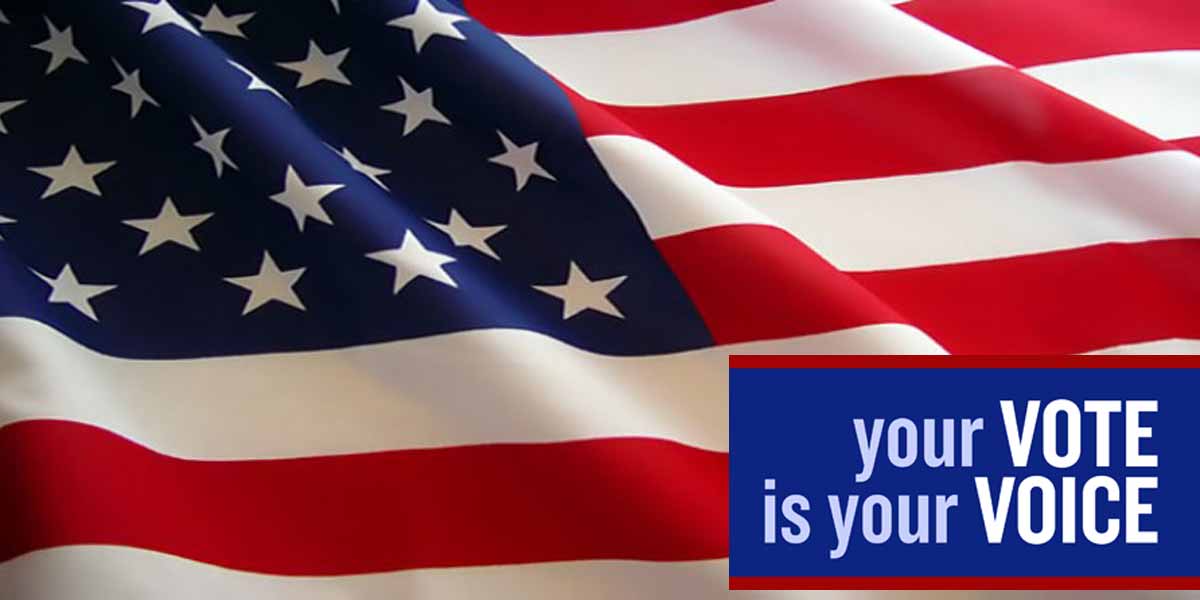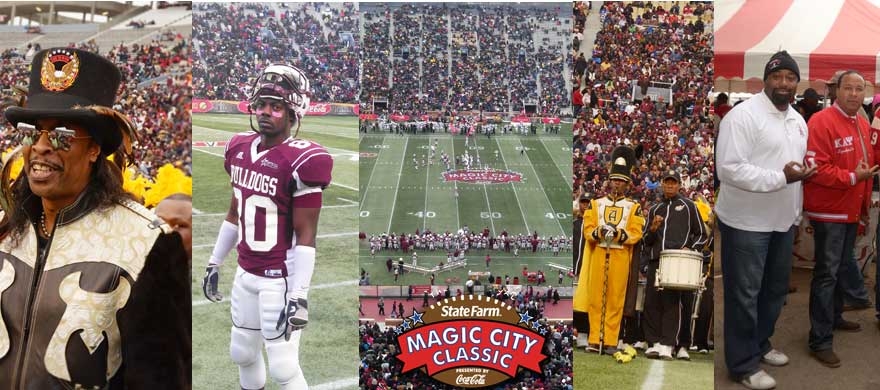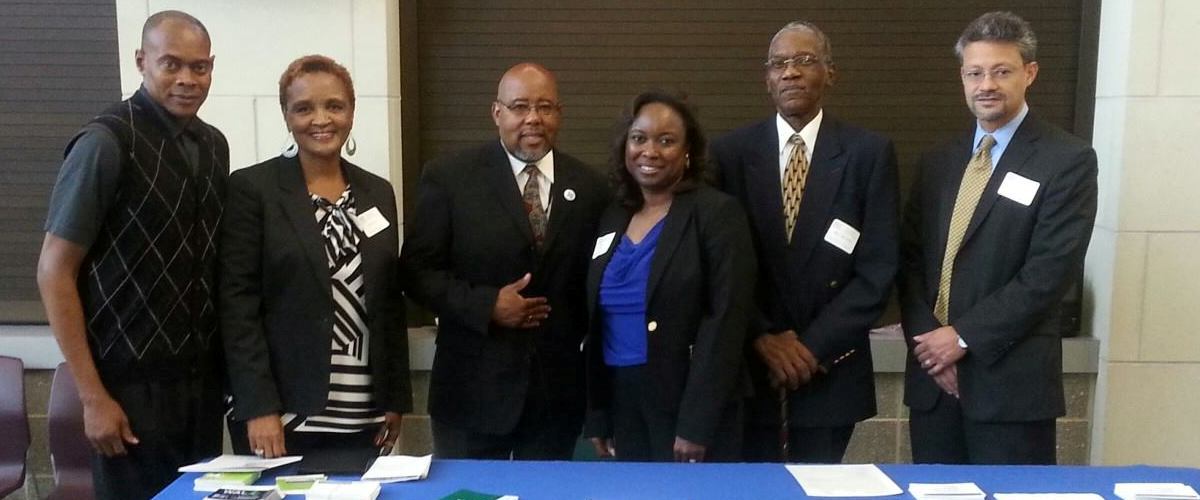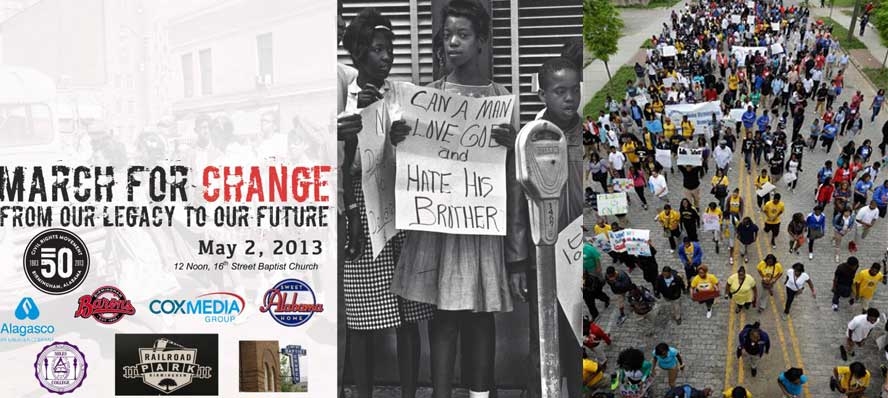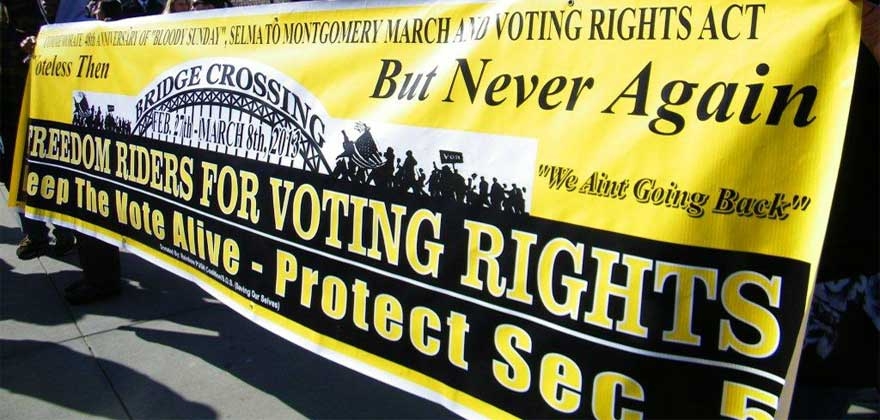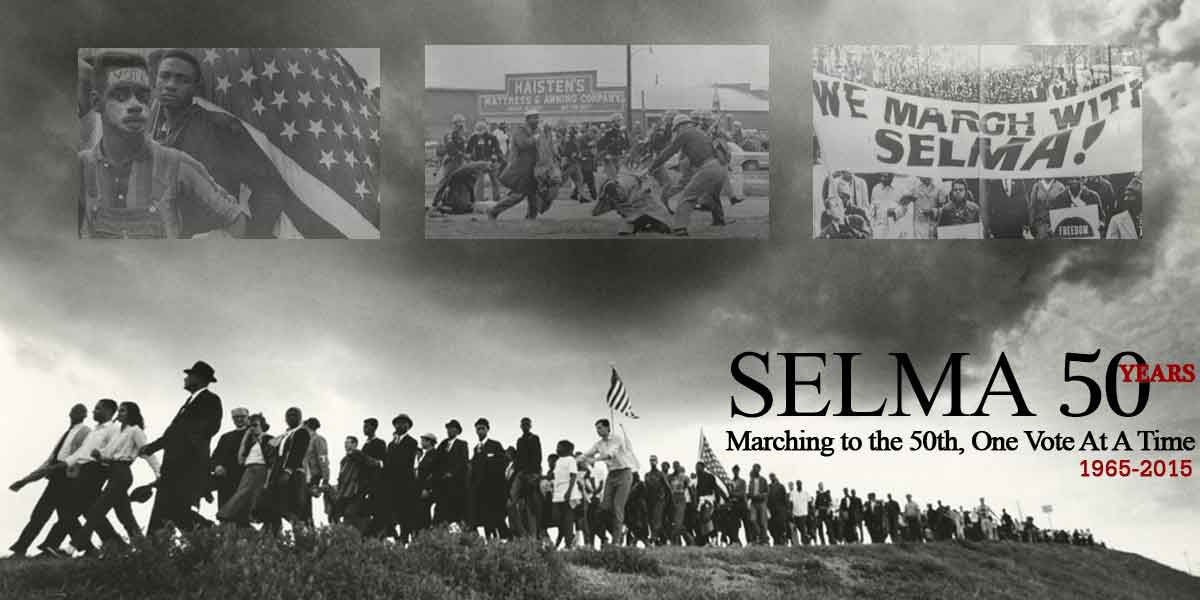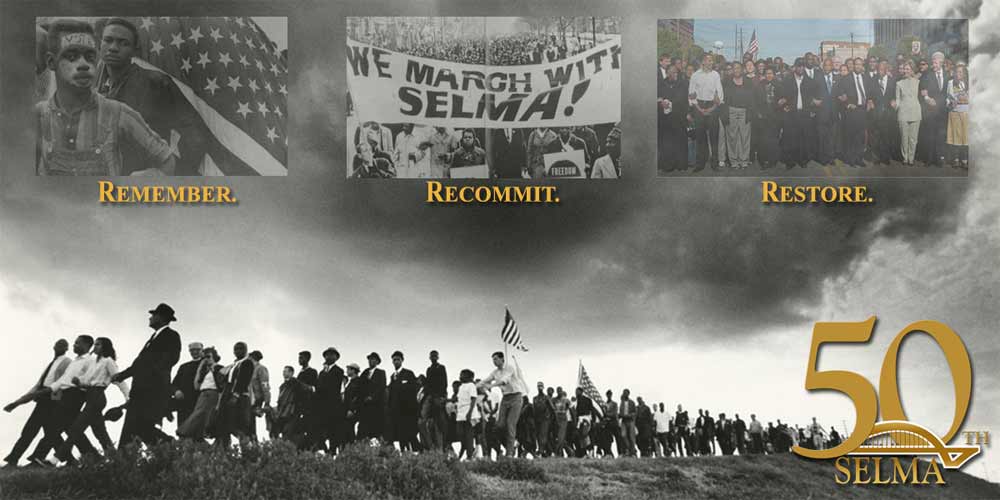I am a sports ignoramus. It’s my blind spot, a subject for which I have little interest, a very scary attitude for someone in the media business to have. So when I came to Birmingham two decades ago, the Magic City Classic held, well, no magic for me. Eventually, that changed.
At first, I couldn’t understand why people thronged the streets in downtown Birmingham for the parade, talked breathlessly about what they would wear to the stadium, plan which parties they would attend, and mention something or other about their loyalty to one of the two rivals in the annual game between the Bulldogs of Alabama State University and the Hornets of Alabama A&M.
(Uh-oh, messed up again! My bad. *Head bowed in contrition*). I mean, the Hornets of ASU and the Bulldogs of A&M.
About eight years ago, a fellow media friend who cares about my condition, sports ineptitude, convinced me it was time to pay serious attention to this annual event, and actually cover it like a real news story . My readers would appreciate it, he said. And so would I.
The first year I went was cool. I met Birmingham’s “important” people in the skyboxes and hung out in the media room. I learned more about the event itself and interviewed Gene Hallman, whose company Bruno Event Team. His company had taken over management of the Magic City Classic by then. He lamented that he had not yet discovered how to get the throngs of people outside Legion Field stadium to pay and put their butts in the seats inside.
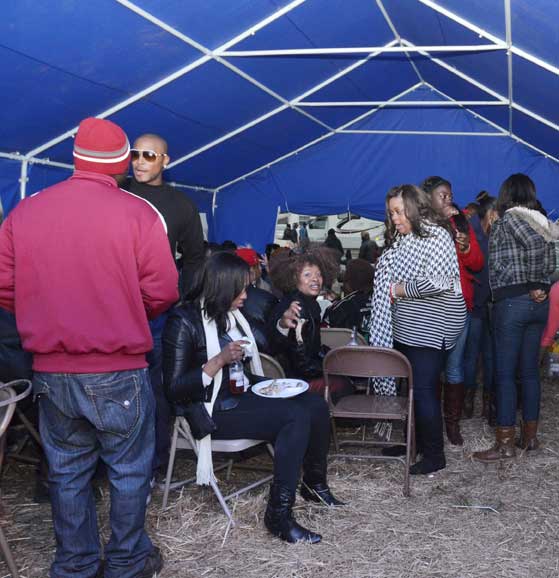 Outside was a party all its own. Many of the people hanging out in RVs and under tents showed little interest in the game. In fact, to them, the tailgating IS the main event. The whole parking lot felt like a a big family reunion with friends, frats and sorors, full of barbecued food, spirits, music and good times for anyone who wanted to come hang out with them. For others, especially youths, it was a fashion show of the latest urban trends, from high heels to Timbalands.
Outside was a party all its own. Many of the people hanging out in RVs and under tents showed little interest in the game. In fact, to them, the tailgating IS the main event. The whole parking lot felt like a a big family reunion with friends, frats and sorors, full of barbecued food, spirits, music and good times for anyone who wanted to come hang out with them. For others, especially youths, it was a fashion show of the latest urban trends, from high heels to Timbalands.
And during campaign season, the teaming tailgaters and others fashionably milling around the perimeter provided a pool of potential voters for hand-shaking, rib-eating and baby-kissing politicians, including Don Sigelman, Artur Davis (but he didn’t come when he ran for governor), Ron Sparks (he did come by when he ran against Artur) and Terri Sewell..
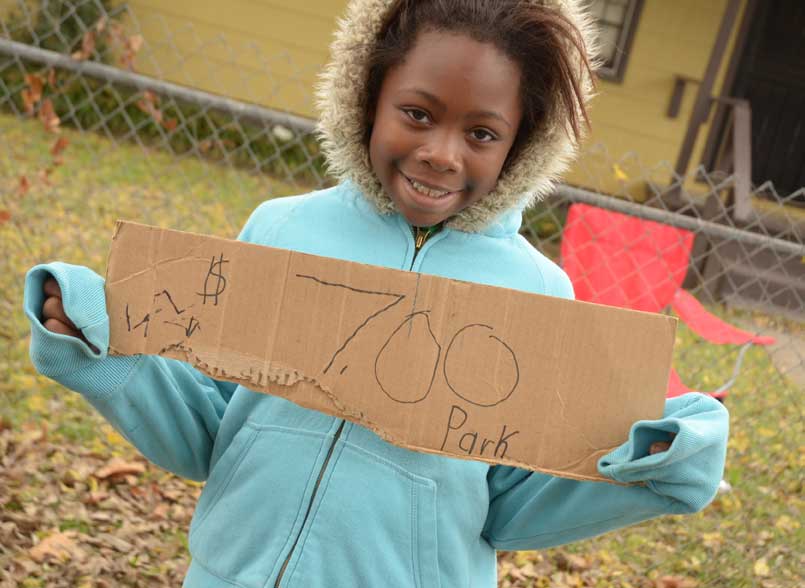 Then there were the vendors, hawking everything from jewelry and novelties of the rival schools, to purses, T-shirts, events, magazines, and, of course, lots of food. Even the surrounding Smithfield Neighborhood got a piece of the action. Entrepreneurial citizens swirling white towels beckoned people who drove to the game to park in their yards for $5, for safekeeping. In the better neighborhood parking spots, the hosts might even serve up a barbecue sandwich with fixin’s (for an additional price, of course).
Then there were the vendors, hawking everything from jewelry and novelties of the rival schools, to purses, T-shirts, events, magazines, and, of course, lots of food. Even the surrounding Smithfield Neighborhood got a piece of the action. Entrepreneurial citizens swirling white towels beckoned people who drove to the game to park in their yards for $5, for safekeeping. In the better neighborhood parking spots, the hosts might even serve up a barbecue sandwich with fixin’s (for an additional price, of course).
Connected to the game were scores of other events — scholarship breakfasts, concerts, parties, special club nights, comedy shows, and, as the game attendance grew, radio shows by national hosts. The Fly Jock Tom Joyner was among the first to use his celebrity to shine a spotlight on the game and on Birmingham, where urban stations were (and still are) tops in the market.
Despite what the tailgaters say, nothing is as exhilarating as being on the field with the players and during the half-time show. At historically black colleges and universities (HBCU), half-time shows are NOT the time to dash to the concession stands or restrooms. The bands’ performances are as central to the entertainment as the football playing.
Thus, over time, I came to understand what the Magic City hoopla is all about. The annual game between the Bulldogs and Hornets is more than just a game. It’s a cultural touchstone, part of an annual pilgrimage that brings athletes, school alumni, stalwart fans and scattered family members and friends across the nation together into community — sharing good times and creating family memories that span generations — like few events in Birmingham can do.
What big sponsors learned, and local corporate leaders eventually embraced, is that the Classic is a money-making event that’s good for business and Birmingham’s image.
The Magic City Classic is now the biggest HBCU sporting event in the country, according to HBCU Lifestyle. In recent years, it has pumped anywhere from $18 million to $20 million each year into the Birmingham area’s economic engine. The Classic’s 70th anniversary game in 2011 saw one of its highest attendance records, about 66,000 and its biggest economic impact, $24 million. It ranks among Birmingham’s top sporting events.
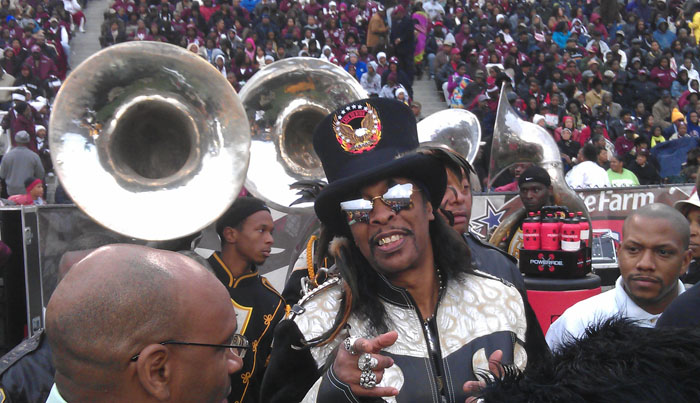 Additionally, Hallman and his team, headed by event manager Faye Oates, upped the star factor with celebrity Magic City ambassadors like LL Cool J, Lisa Raye, Wendy Williams, Bootsy Collins last year, and Ice Cube this year. The ambassadors head the annual Classic parade in downtown Birmingham and make appearances around the city, particularly on the field at half-time when game sponsors award their scholarships to the rival schools.
Additionally, Hallman and his team, headed by event manager Faye Oates, upped the star factor with celebrity Magic City ambassadors like LL Cool J, Lisa Raye, Wendy Williams, Bootsy Collins last year, and Ice Cube this year. The ambassadors head the annual Classic parade in downtown Birmingham and make appearances around the city, particularly on the field at half-time when game sponsors award their scholarships to the rival schools.
The wining and dining these celebs get from corporate, political and community leaders left them buzzing about their experiences to other celebrities, who in turn, encouraged their rich friends and followers to come on down to Birmingham, where the party’s at. Wendy Williams gave a big shout-out on her national show about how much fun she had in Birmingham and encouraged people to come to the Classic. That kind of publicity is priceless. (Well, actually, my advertising friends can figure out how much a daytime commercial featuring a celebrity endorser on national TV would have cost.)
With greater exposure, especially on coverage of the game itself on ESPN, comes more big sponsorship dollars, money that goes to A&M and ASU. The large crowds mean more branding opportunities for The Army, McDonald’s, Verizon/T-Mobile and other businesses large and small that purchase space on Legion Field’s parking lot.
Mayor William Bell and the City Council have sparred over the expensive, taxpayer-bought entertainment items on the Classic request list. Councilors have the right to have their questions about expenditures answered, and the mayor should answer their concerns.
In the end, though, I don’t get worked up into a lather over their public spats over the $600,000 or so the city has spent on the Classic in the past few years. True, where the money goes is important. Councilors understandably are not impressed with exclusive VIP parties, featuring expensive caterers and plush white furniture with matching drapes, using taxpayer dollars, especially when even they can’t get into the frou-frou, shi-shi parties.
What the political leaders understand, clearly, is that the taxpayer dollars spent on the Classic is worth the return on the city’s investment. I believe it is too.
So all of us should welcome the Magic City Classic wholeheartedly each year to Birmingham, for the good of the city and the region. Even a sports ignoramus like me can understand that.
Find more information on the State Farm Magic City Classic at www.themagiccityclassic.com
Read the full blog post on Birmingham View Blogs.
The full version of this article was originally posted at Weld for Birmingham, one of our media partners.


